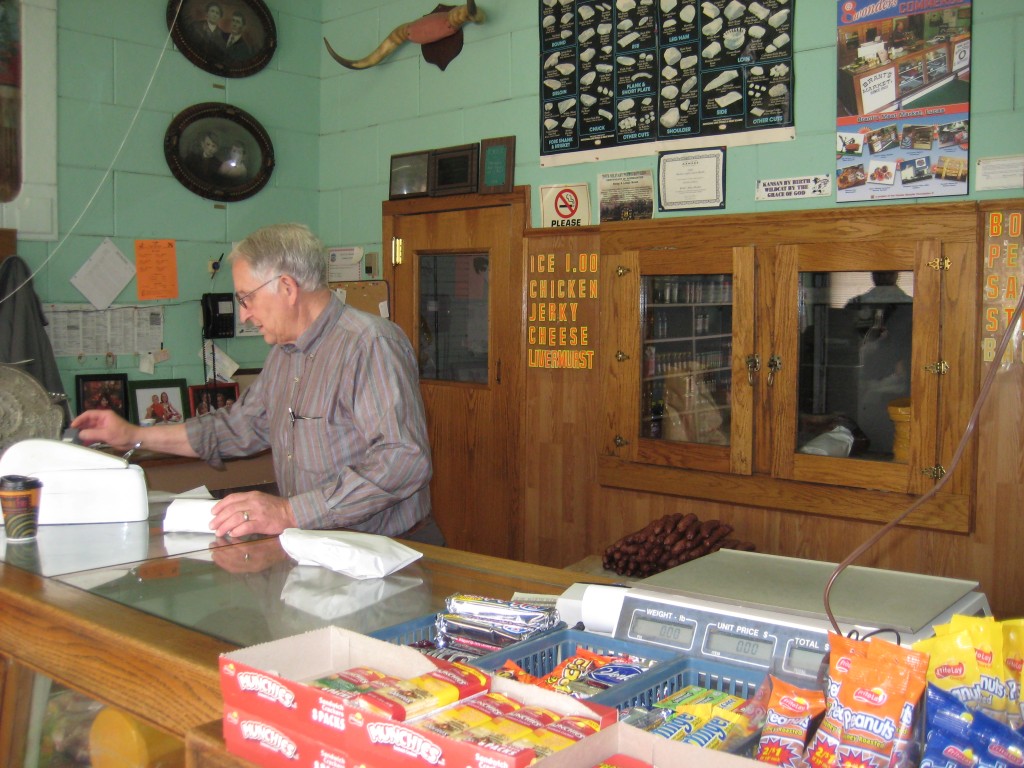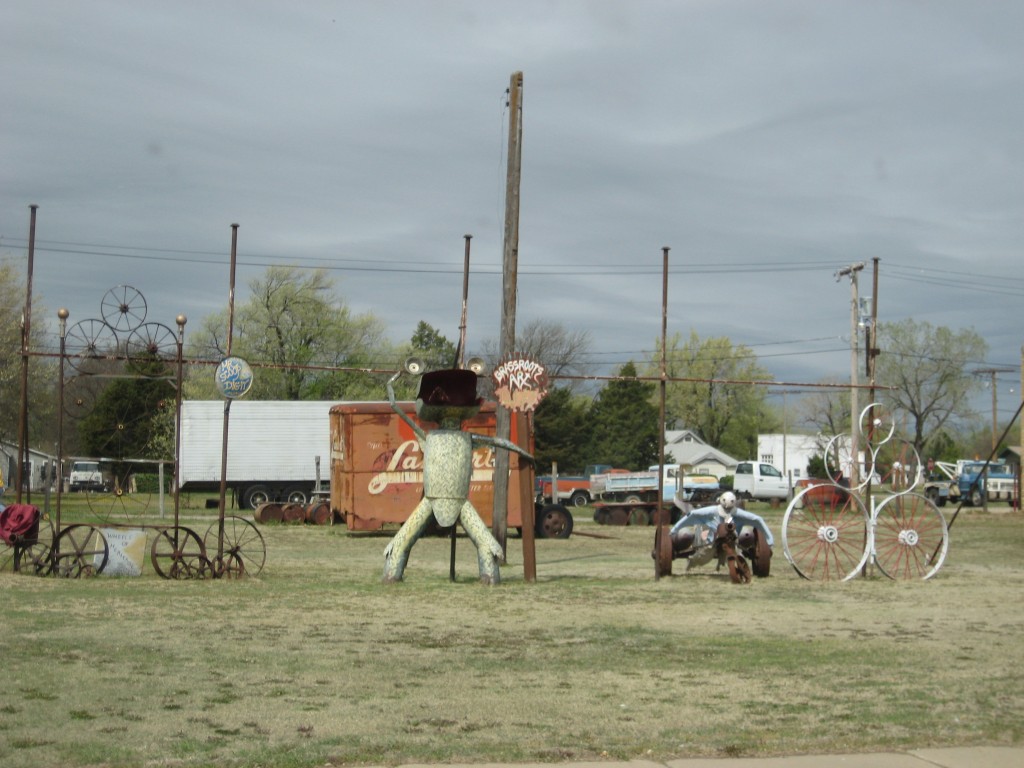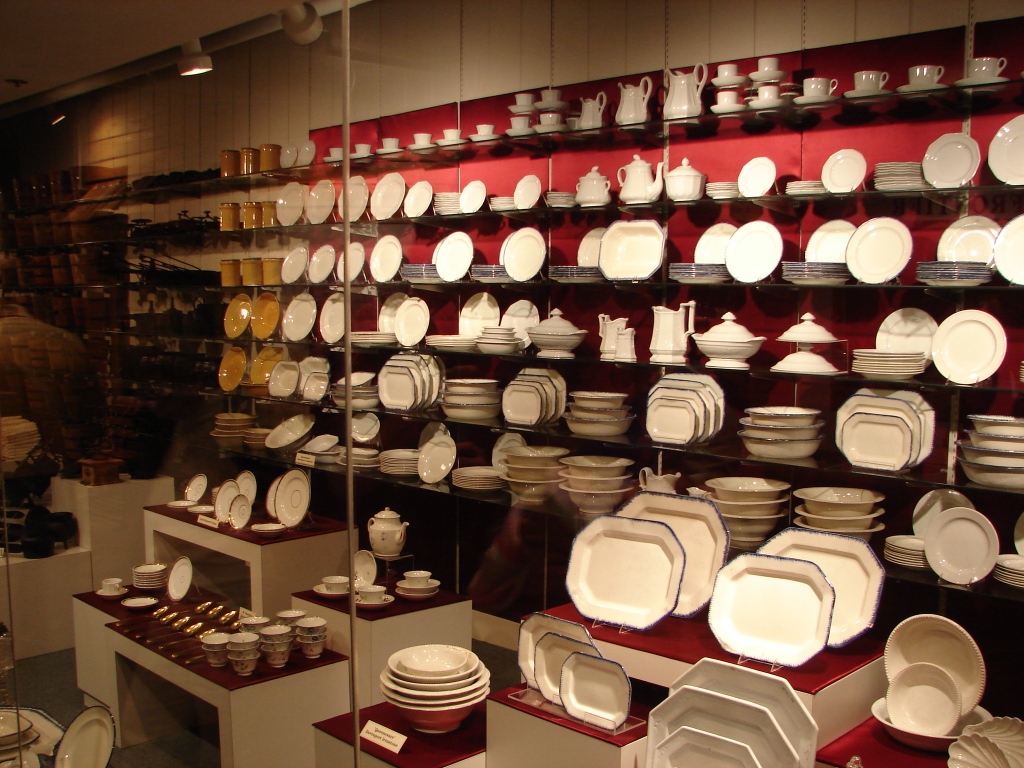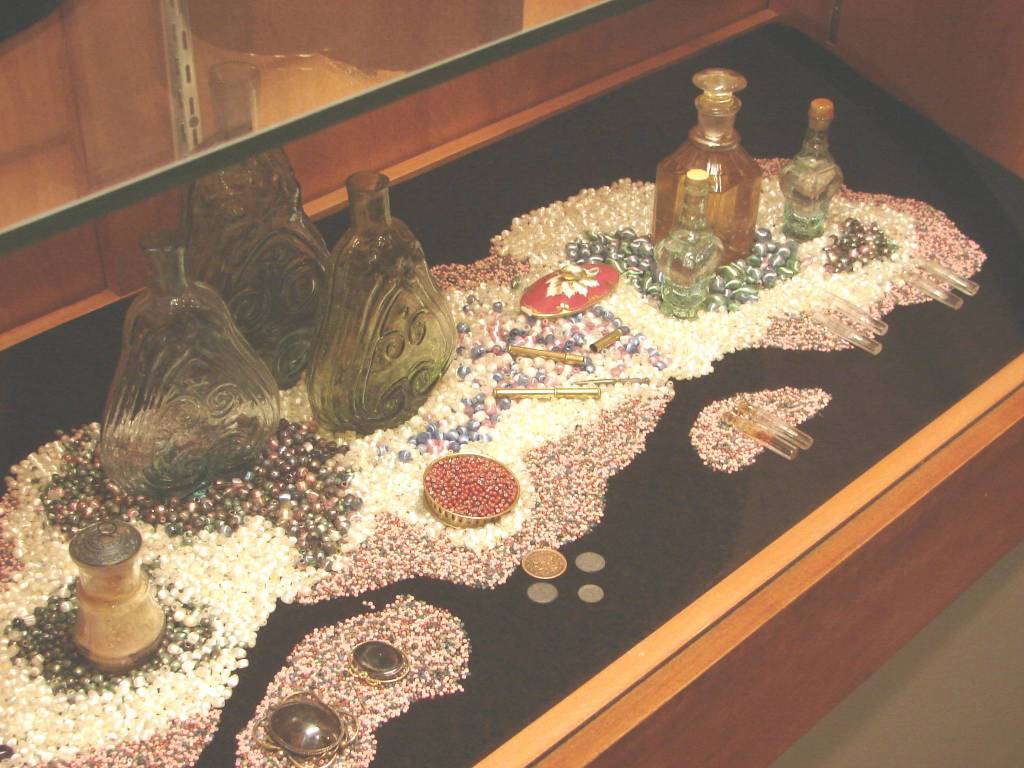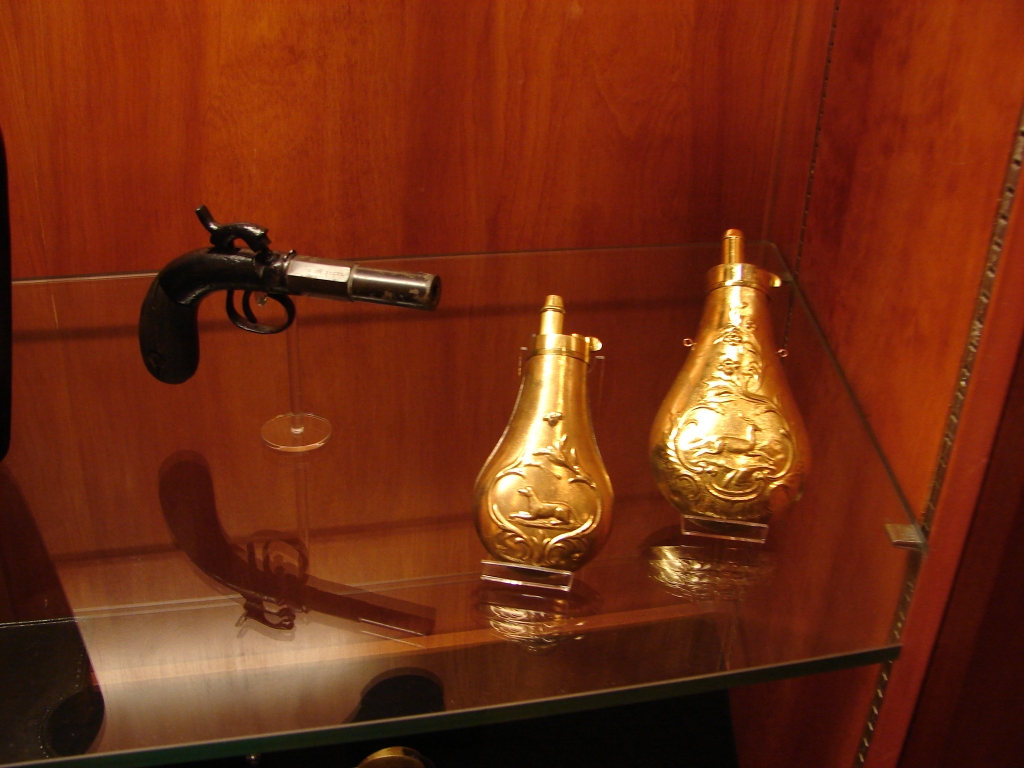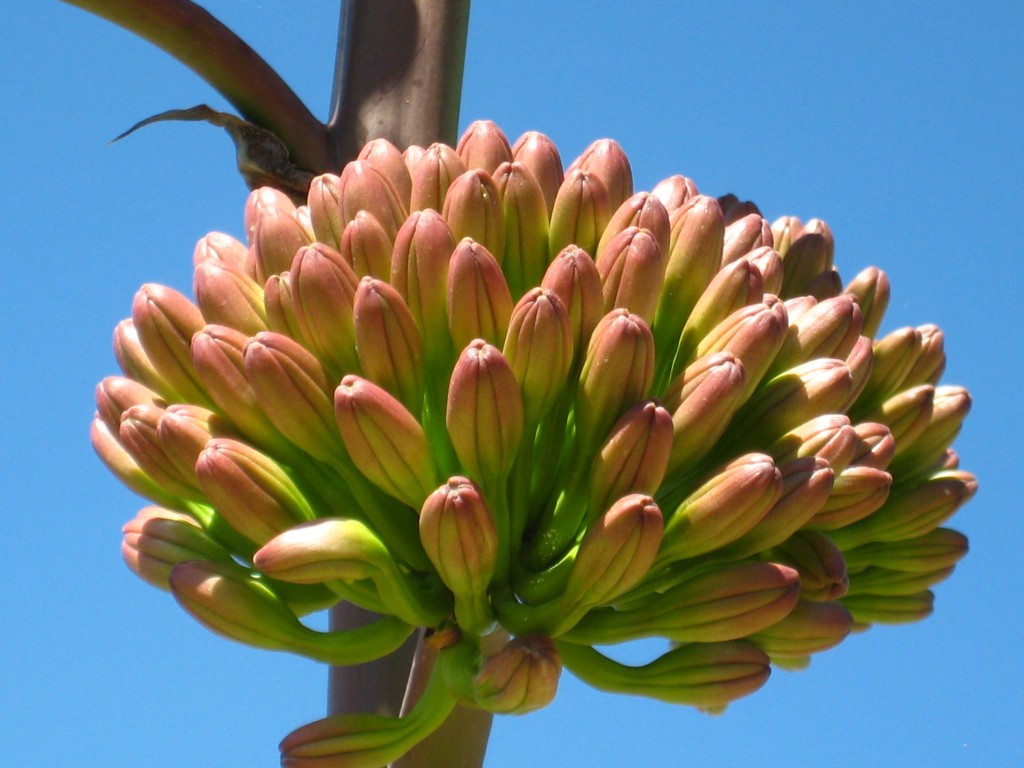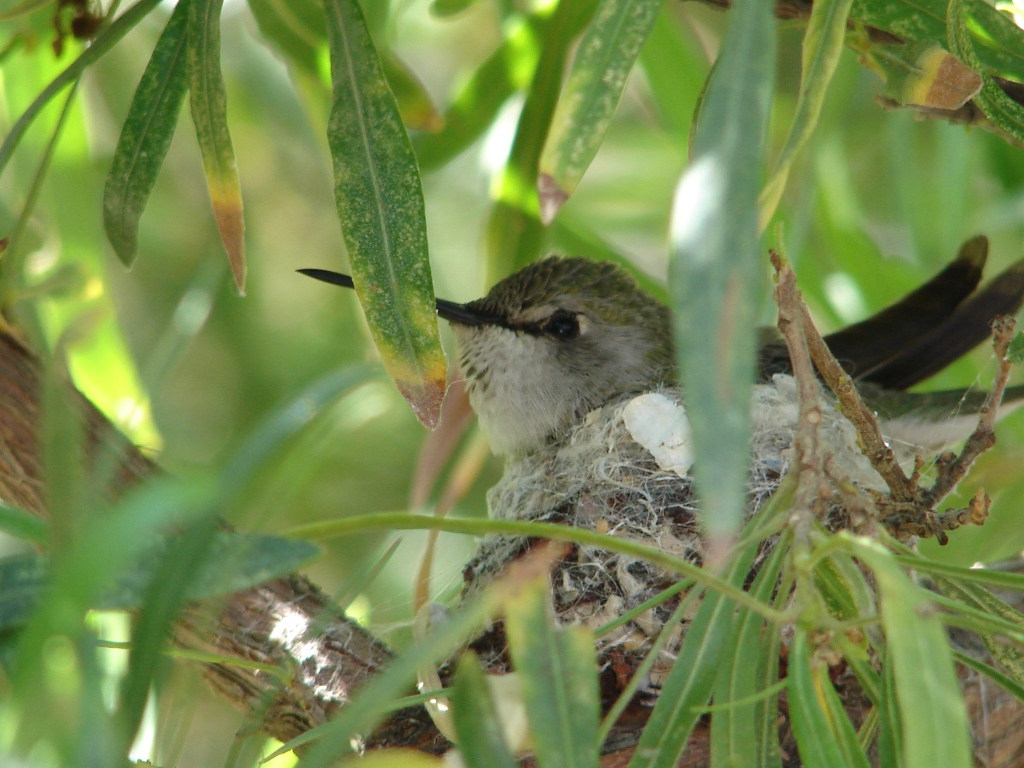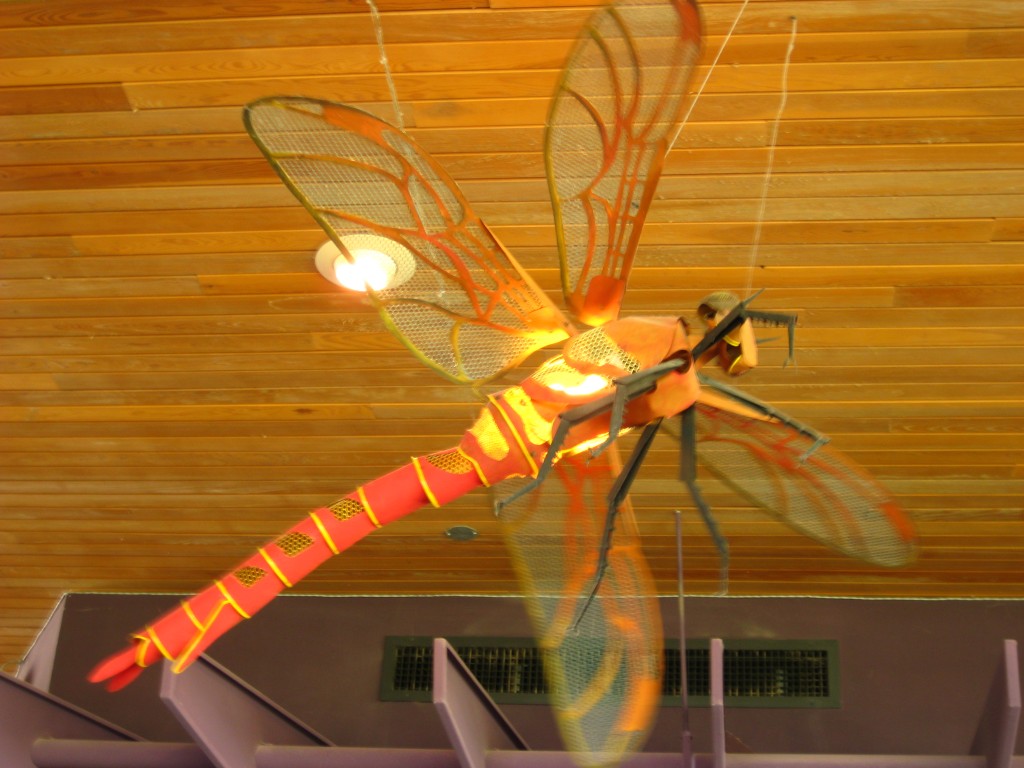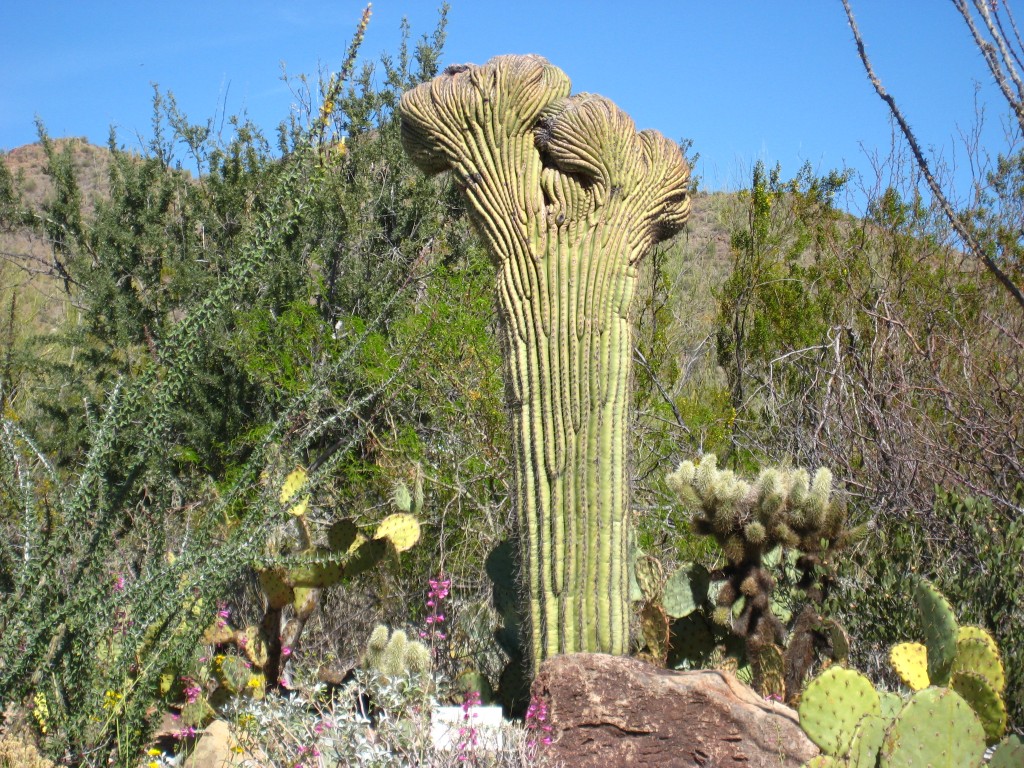Fallingwater is one of the most unique homes you will ever visit. In 1991, it was voted "the best all-time work of American architecture." It is considered one of Frank Lloyd Wrights greatest works. It is listed among Smithsonian's Life List of 28 places "to visit before you die." It was designated a National Historic Landmark in 1966. Accolade after accolade and all worth it. It is truly a stunning architectural wonder....totally amazing and hard to conceive that this was designed and built in the mid 1930's. Frank Lloyd Wright was truly a visionary!
Fallingwater, or Kaufmann Residence, is a house designed by American architect Frank Lloyd Wright in 1935 in rural southwestern Pennsylvania, 50 miles southeast of Pittsburgh. The home was built partly over a waterfall in the Laurel Highlands of the Allegheny Mountains. It was built as a mountain retreat for the Edgar J Kaufmann family of Pittsburgh, owners of Kaufmann's Department Stores.
.JPG)
Only exterior photos are allowed....so you will not see any interior photos. Photos are not even allowed on the cantilevered terraces.
 Fallingwater's structural system includes a series of very bold reinforced concrete cantilevered balconies; For the cantilevered floors, Wright and his team used upside down T-shaped beams integrated into a monolithic concrete slab which both formed the ceiling of the space below and provided resistance against compression
Fallingwater's structural system includes a series of very bold reinforced concrete cantilevered balconies; For the cantilevered floors, Wright and his team used upside down T-shaped beams integrated into a monolithic concrete slab which both formed the ceiling of the space below and provided resistance against compression.JPG) The extent of Wright's genius in integrating every detail of his design can only be hinted at in photographs. This organically designed private residence was intended to be a nature retreat for its owners. The house is well-known for its connection to the site; it is built on top of an active waterfall which flows beneath the house.
The extent of Wright's genius in integrating every detail of his design can only be hinted at in photographs. This organically designed private residence was intended to be a nature retreat for its owners. The house is well-known for its connection to the site; it is built on top of an active waterfall which flows beneath the house.The fireplace hearth in the living room integrates boulders found on the site and upon which the house was built — ledge rock which protrudes up to a foot through the living room floor was left in place to demonstrably link the outside with the inside.


.JPG)










